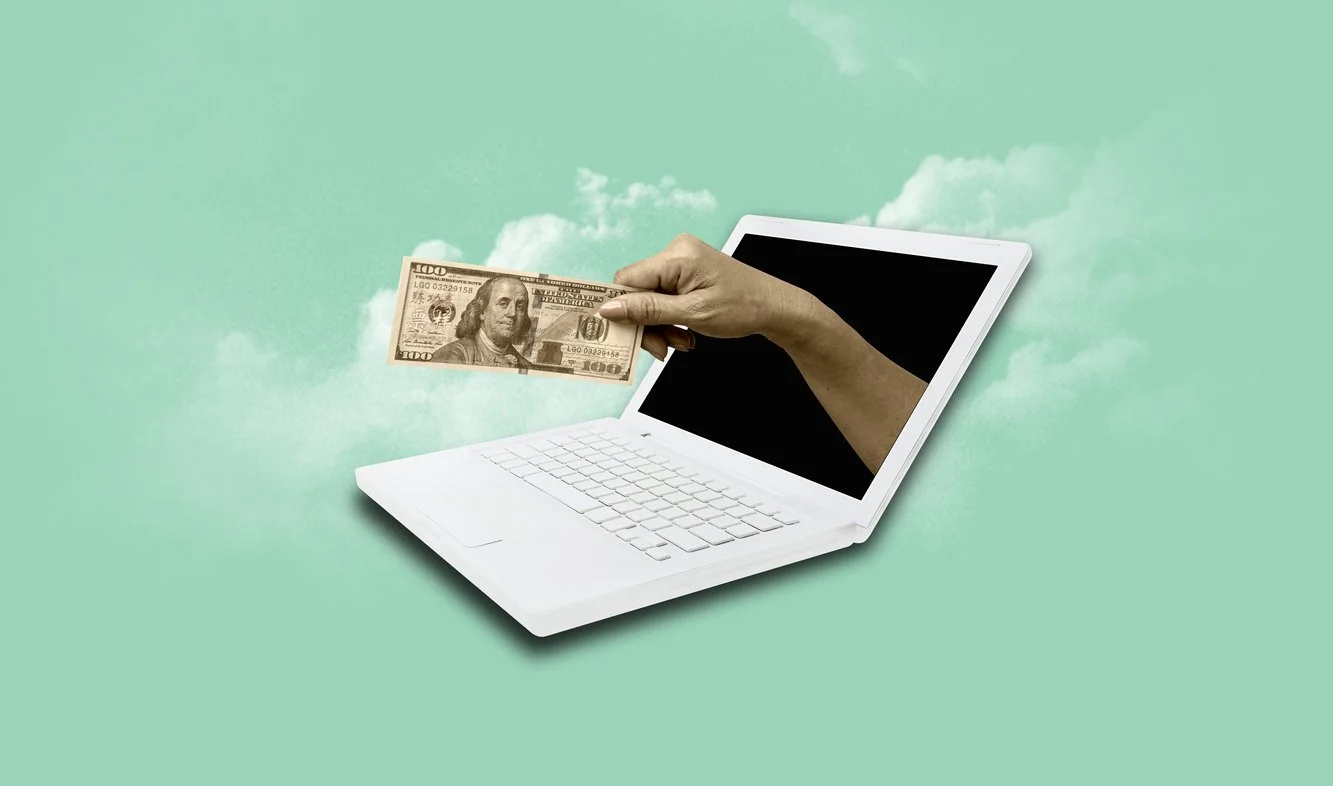These days, budgets are shrinking and the economy feels stagnant. Outside of AI data centers, U.S. GDP growth recently clocked in at just 0.1% (yikes). So it’s no surprise that many business leaders are asking:
“Why spend money on marketing when I can just ask people to buy right now?”
It sounds logical: cut the fluff, skip the “freebies,” and get straight to the sale. But here’s what that approach gets wrong.
1. The Psychology of Sales Resistance
Once people realize you’re trying to sell them something, their sales resistance kicks in.
Think back to the last time someone was too eager to sell you something, perhaps a retail clerk hovering nearby, or a vendor pushing a contract before you’ve even asked a question.
Your instinct? To pull away.
That’s human psychology. When we sense someone wants something from us, we protect ourselves by resisting.
2. Selling Without Storytelling Isn’t Selling
Imagine a coffee shop with no sign, no seats, no vibe. The owner just says, “We have coffee, want some?”
Technically, they’re selling coffee. And sure they’ll get some no nonsense customers. But emotionally, they’re not selling anything. And they’ll always stay small. Beyond those few customers, they’ll struggle to attract anyone else.
Now compare that to the café next door that greets you by name, smells like roasted beans, and gives you a cozy seat. You’re not just buying coffee, you’re buying a feeling. N
That’s branding and marketing. It builds the emotional context for the sale.
3. The Hidden ROI of Relationship-Based Marketing
In B2B sales, the majority of deals still come from relationships, referrals, and trust, not ads blasted to random inboxes.
Spraying your message everywhere might feel productive, but without a plan, it’s the fastest way to waste your budget. Every dollar and hour spent without a strategy has opportunity costs, time and money you can’t get back. It’s actually cheaper and smarter to build long-term relationships than to waste money on disconnected campaigns that don’t convert.
The solution: focus on data-driven growth. Build measurable systems that nurture leads through real value, not noise.
4. The “Cold Email” Problem
I just got back from a marketing conference and within a few days I got an email “Sorry I missed you!”. Seems interesting so I opened it. Inside? This stranger asked me right away to book a call. And the thing is... there’s no company description, no demo into what they do, no intro. Do they expect me to just hand them my money, no questions asked?

It was the perfect example of the “straight to the sale email”. No intro. No context. But also, no reason to care.
Even fake flattery would have been better than this robotic “schedule a call” approach. Sales without relationship is more damaging than sending no email at all.
Sales Is Like Dating. You Need Game
Think of sales like dating (bear with me). If you walk up to someone and say, “Do you want to go on a date?”—it won’t work unless you’re Google-level hot (in business terms: a top-tier brand with built-in trust).
For everyone else, you need sales game: an intro, a spark, curiosity, and timing.
How to Build Connection That Converts
- Start conversations with content. Share insights that solve problems, not slogans that scream “buy.”
- Add value first. Give people something to care about (research they can present to their boss, inspiration, or even a joke even works).
- Segment your audience. Know who you’re talking to and what they actually care about.
- Measure engagement, not impressions. Data is your compass—test, refine, repeat.
The Long Game Wins in Marketing
In a tough economy, it’s tempting to focus on the quick win: What’s in it for me right now?
But the best customers (the high-value, loyal buyers) don’t buy instantly. They research. They wait. They test. And when they’re ready, they’ll remember the brand that built trust, not the one that pushed for a meeting.
Final Thought:
Hard selling may feel efficient, but it kills connection. Relationship-based marketing builds trust, scales through word-of-mouth, and wins over time. In a stagnant economy, that’s not “nice to have”—it’s survival.

.webp)









.webp)




.avif)
.avif)